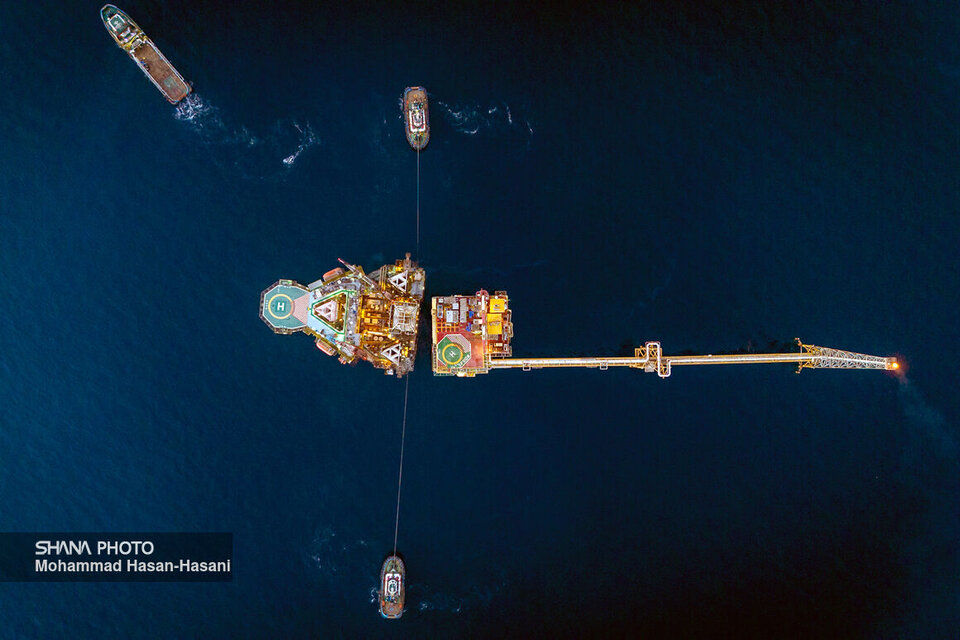Mohammad-Sadeq Mehrjou said the administration took office amid immediate turmoil, including the assassination of Ismail Haniyeh the day after the presidential inauguration, which heightened regional tensions.
“Despite these challenges, once the cabinet was formed and Oil Minister Mohsen Paknejad began his work, the ministry prioritized boosting gas production to ensure stable winter fuel supplies,” Mehrjou said.
Record-breaking gas production
Mehrjou noted that winter began in mid-November and brought more than five months of severe cold nationwide. At the same time, the president temporarily banned the use of fuel oil at power plants, requiring greater reliance on gas and diesel.
“Under these conditions, the ministry put gas production increases at the center of its efforts,” Mehrjou said. “Thanks to the work of employees in Central Oil Fields, South Pars and the National Iranian South Oilfields Co., daily gas output broke historic records more than 10 times.”
While no major new project came online, he said, one gas compression station in Varavi was successfully launched. Overall, gas output rose by more than 30 million cubic meters per day.
Oil production up 120,000 barrels a day
Mehrjou said the ministry also focused on expanding crude oil capacity. Fields in southern Iran, as well as projects managed by the Petroleum Engineering and Development Co., Central Oil Fields Co. and Arvandan Oil and Gas Co., all reported growth.
“In total, production rose by about 120,000 barrels per day, while exports also increased and hit new highs,” he said.
Managing the 12-day war crisis
Another key achievement, Mehrjou said, was crisis management during a 12-day conflict. Attacks targeted the Shahran oil depot, part of Phase 14 of South Pars, and the Fajr Jam refinery.
“If these incidents had not been handled quickly, they could have caused a major crisis,” he said. “But the Oil Ministry’s rapid response and employee efforts kept the situation under control.”
Despite a surge in travel demand during the conflict, fuel distribution remained stable. Short lines formed in the first two days, but there were no prolonged shortages at filling stations.
“Everyone knows that fuel shortages during wartime can trigger serious security, political and economic crises,” Mehrjou said. “Fortunately, that was prevented, and the ministry’s performance was widely acknowledged.”
Next priority: Development plan targets
Looking ahead, Mehrjou said the ministry must focus on meeting the targets of Iran’s Seventh Development Plan, which calls for daily crude oil production of about 4.25 million barrels and 1.325 billion cubic meters of gas by 2028.
“To achieve these goals, contract negotiations with investors must be finalized quickly so oil and gas field development can accelerate,” he said. “Steps are being taken to shorten technical review meetings, draft field development plans faster and expedite approvals from the Economic Council.”
He added that raising output to at least 2017 levels should remain a priority.


Your Comment